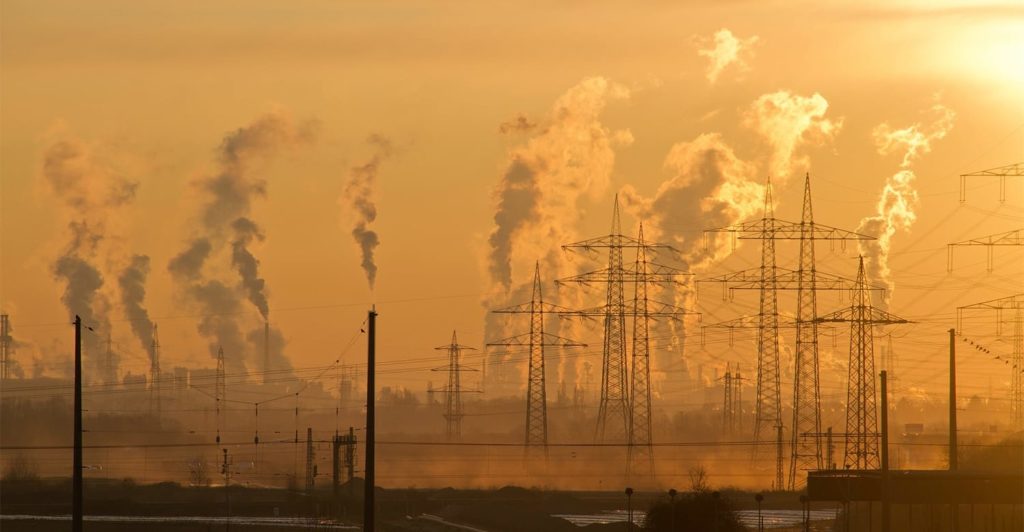Building power plants is a long, slow, expensive process. It can take years just to get permits. But what if we didn’t need to build power plants? That’s the idea behind virtual power plants (VPS). Communities install enough solar systems and batteries plus other forms of power to provide for their own electricity needs. If this sounds like something from the future, it isn’t. Cities such as Georgetown, Texas are planning to provide for all their own power needs by building a VPS.

What is a virtual power plant?
A VPS is a network of power producers. That network can include commercial power generating plants such as solar and wind farms as well as consumers who own solar systems and home batteries. The power it generates is controlled by some central entity that balances energy production and consumption.
A VPS can provide power on a local scale, such as to a local community. A VPS is similar to a microgrid in that it produces power for local consumption. But one big difference between a microgrid and a virtual power plant is that the virtual power plant may also be used to provide power to the electrical grid.
Central control is key to virtual power plants
Participants in a virtual power plant are connected to the power plant’s central control system by a special control unit. For homeowners, that control unit would likely be part of the electrical meter that measures the flow of electricity to and from their home. The central control system would determine when to draw or supply power to the home, using algorithms that predict power flows through the VPS which can be used to forecast when power is available and where it will need to be supplied.
Virtual power plants are already in use
Virtual power plant technology may sound like something futuristic, but it’s not. VPSs are already in operation! For communities interested in becoming VPSs, a company called Next-Kraftwerke provides a VPS software-as-a-service called NEMOCS.
The NEMOCS platform enables a community to bundle many different energy sources together, building a virtual power plant large enough to participate in power and balancing energy markets. That enables a VPS to supply power to the grid and balance electrical load demands on the grid. The software even allows for controlling the supply of electricity to the grid based on current energy prices!
Best of all, the NEMOCS system enables individual electricity suppliers to customize their level of participation in the virtual power plant’s energy distribution. That flexibility enables individual consumers to ensure they meet their own power needs while defraying their own cost for power by supplying their excess power to the VPS. Imagine being able to decide how much you want to pay for power and then being able to set your home’s solar energy storage system to deliver that predetermined cost.
Sunrun offers Brightbox which gives consumers the ability to participate in a VPS
Sunrun, a partner of Freedom Forever, is the first major company to offer participation in a VPS to its customers. Sunrun’s Brightbox battery system can be configured to enable Sunrun to draw excess power from the battery system for use in Sunrun’s virtual power plant. Customers receive compensation for power their batteries supply to the VPS. Freedom Forever installs Sunrun’s Brightbox as part of a home-based solar energy storage system, so if you are interested in participating in Sunrun’s VPS, Freedom can make it happen.
